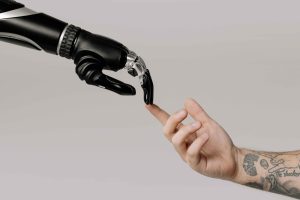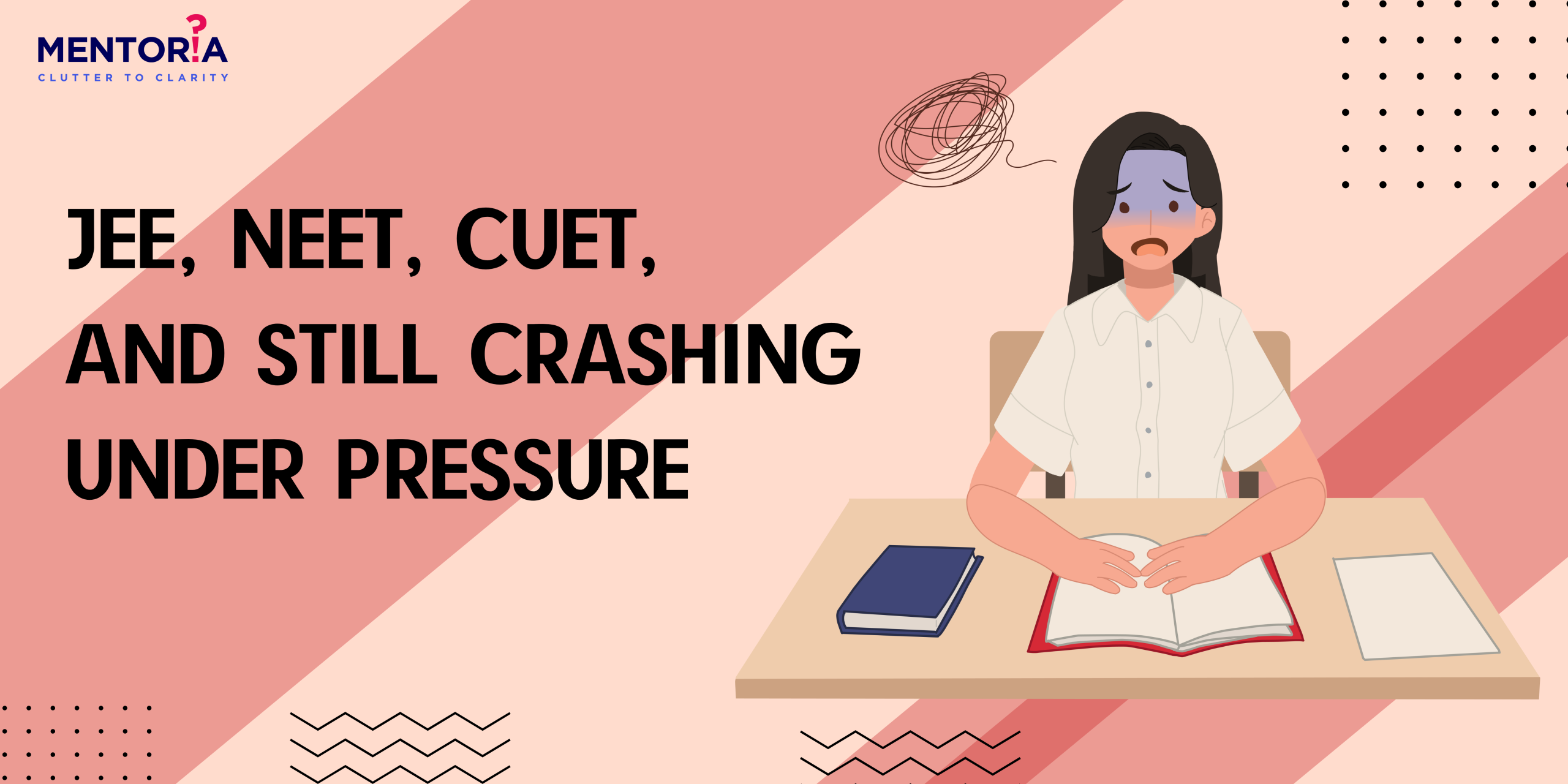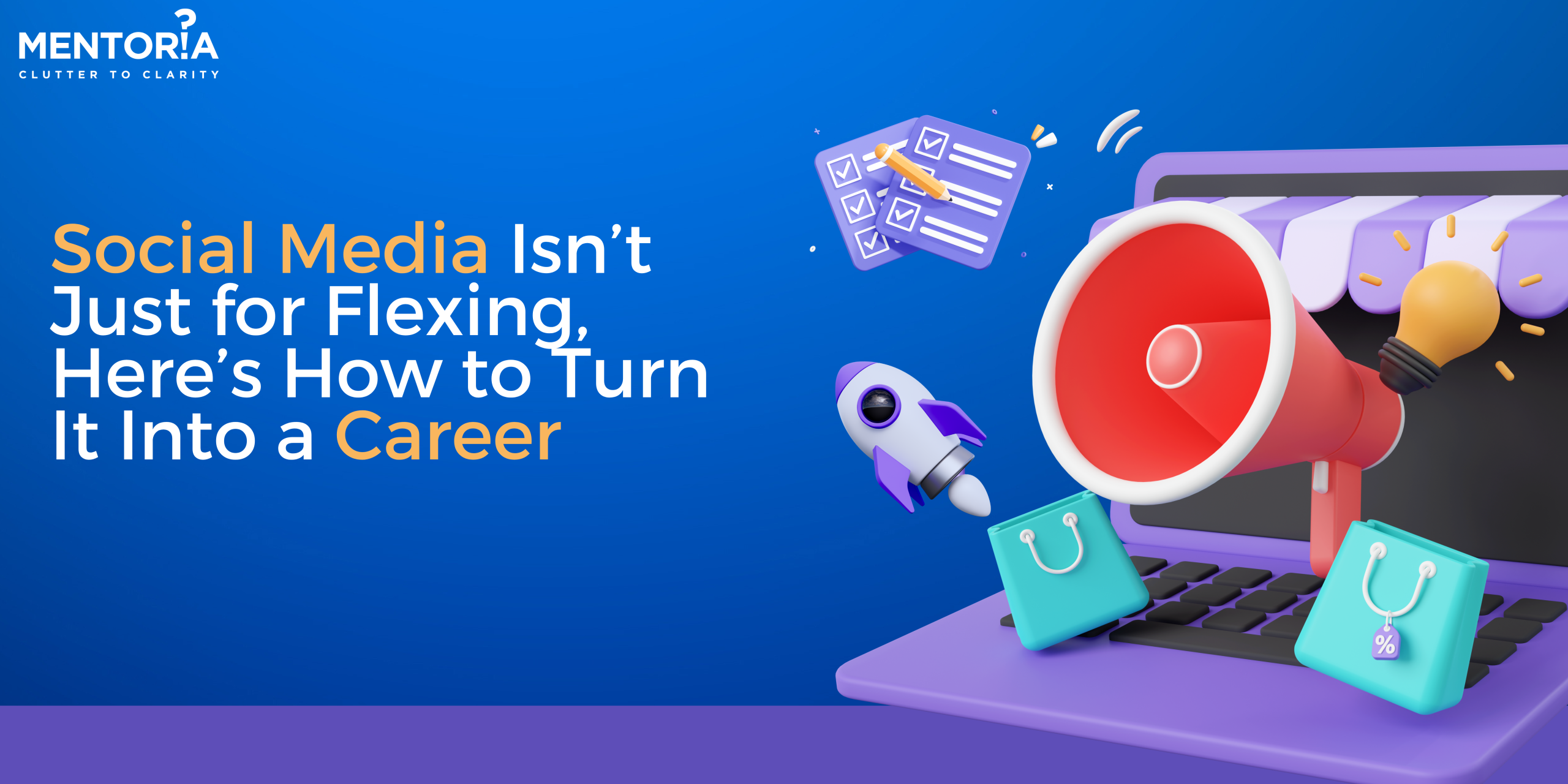Biostatistics: It’s Not Just Numbers, It’s The Future
Jump to Section
Welcome, curious minds! Prepare to embark on an intriguing journey into the realm of biostatistics. But hold on a moment before you dismiss it as a daunting field of numbers and equations. Biostatistics goes beyond mere calculations—it’s an incredible tool for unravelling the intricacies of human health and harnessing the power of data to drive meaningful improvements. And let’s be honest, who doesn’t love a good data-driven solution? In this blog, we’re going to explore the emerging trends and opportunities in the field of biostatistics. So buckle up, grab your calculator, and let’s get started!
Embracing Machine Learning: The Smart Partnership Between Biostatisticians and AI
Ah, machine learning. It’s like having a super-smart robot friend who can analyse tons of data in a fraction of the time it would take us mere mortals. But let’s not get carried away and start bowing down to our robotic overlords just yet. Biostatisticians are still needed to interpret the results and make sense of the data. By harnessing the power of machine learning, biostatisticians can identify patterns, predict outcomes, and uncover new insights into human health. Plus, we all know robots can be a bit snarky sometimes.
Tailoring Healthcare For Every Individual
Gone are the days of a one-size-fits-all approach to healthcare. Now we’re all special snowflakes with our own unique genetic makeup and medical history. It’s like the healthcare system is finally realising that we’re not just numbers on a chart. Biostatisticians are playing a crucial role in this personalised medicine revolution, helping doctors tailor treatments to individual patients based on their unique genetic makeup and medical history. It’s like having a personal stylist for your health!
Unlocking the Power of Big Data
The amount of data being generated in healthcare is mind-boggling. It’s like trying to take a sip of water from a fire hose. But biostatisticians are here to save the day (and our sanity) by analysing all that data and making sense of it. The application of big data in Biostatistics offers several advantages. It allows for more comprehensive and precise analyses, enabling researchers and practitioners to detect patterns, identify risk factors, and understand complex relationships within the data. Big data also enables the exploration of rare diseases or subpopulations, providing insights that were previously limited by smaller sample sizes. But with great data comes great responsibility. Biostatisticians have to be extremely careful with the data they’re handling, ensuring its privacy and accuracy. If they make a mistake, it could have serious consequences, potentially resulting in medical mix-ups that could be embarrassing or even life-threatening.
The Multidimensional Role Of Biostatisticians
Collaborating with people from different backgrounds is a lot like trying to explain a meme to your grandparents. It can be challenging, but when you finally get everyone on the same page, the results can be incredible. As a biostatistician, you’ll be working with professionals from different fields like medicine, epidemiology, and genetics. It’s like being a polyglot of science, except instead of knowing multiple languages, you know how to translate statistical jargon into human speech. But it’s not just about being able to speak the same language – it’s about understanding the unique perspectives and approaches that each discipline brings to the table.
Transforming Biostatistics Into An Art Of Insight
Let’s face it, data can be pretty dry and boring. It’s like staring at a blank wall, waiting for something to happen, but nothing ever does. It’s like watching paint dry, but without the satisfying smell. But fear not, dear readers, because the world of biostatistics is about to get a lot more interesting thanks to data visualisation. Data visualisation tools allow biostatisticians to turn their data into a work of art, a masterpiece that can be easily understood by even the most non-technical person. It’s like turning a boring science lecture into a Broadway musical, complete with singing, dancing, and plenty of jazz hands. Who wouldn’t want to tap their toes and hum along to a catchy tune about healthcare?
Innovations Shaping The Future Of Medical Research
Clinical trials are at the forefront of medical research, and the role of biostatisticians in ensuring their success cannot be overstated. With the emergence of new technologies and data analysis tools, biostatisticians are continuously finding innovative ways to optimise clinical trials and ensure that the data collected is both accurate and meaningful. It’s like being a medical Sherlock Holmes, but instead of a deerstalker hat, we wear lab coats and wield statistical analysis tools.
But it’s not just about crunching numbers and analysing data. Biostatisticians must also have a deep understanding of the medical field, as well as the ability to communicate their findings to a diverse group of stakeholders. We’re like the translators of the medical world, bridging the gap between clinical research and the larger healthcare industry. And with the ever-increasing importance of evidence-based medicine, our role is more crucial than ever before.
Unlock Your Potential In Biostatistics With Mentoria
Well, there you have it, folks! The future of biostatistics is looking bright (and hilarious). From machine learning to personalised medicine, big data to data visualisation, and collaborating across disciplines to advancements in clinical trials, biostatisticians are at the forefront of improving human health. If you’re interested in pursuing a career in biostatistics or want to improve your skills in this field, Mentoria can help. With expert mentors and personalised guidance, Mentoria can help you achieve your goals and become a leading biostatistician in the industry. So let’s raise a glass of kale smoothie to the unsung heroes of healthcare. And remember, just because it’s science doesn’t mean it can’t be funny!









